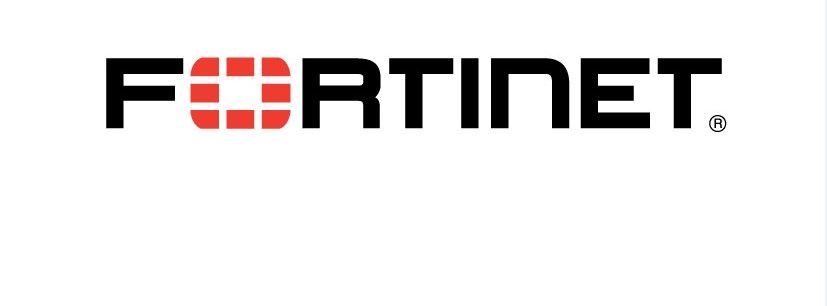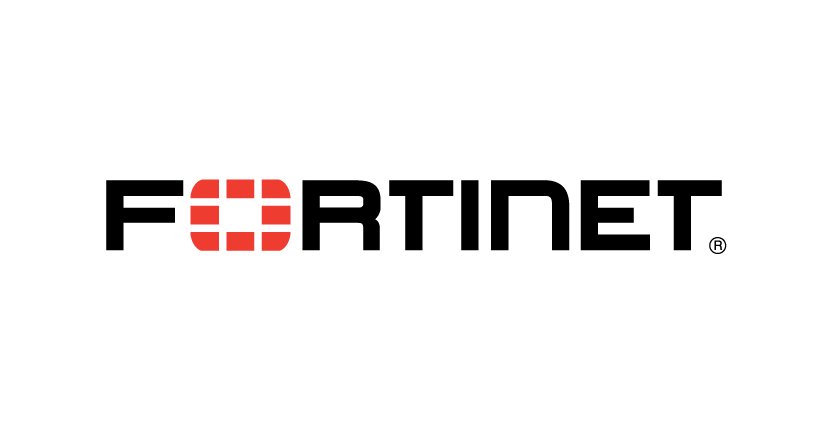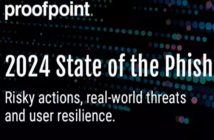
 Enterprise Security Decisions Reach Board Level and Take Primary Consideration Among Business Initiatives
Enterprise Security Decisions Reach Board Level and Take Primary Consideration Among Business Initiatives
Ninety-one percent of CIOs and CTOs believe the job of keeping their enterprise protected is becoming more challenging according to new research from Fortinet, a global leader in high-performance network security. Serious boardroom pressure to keep the enterprise secure has jumped almost three-quarters in the last 12 months, making security paramount and a primary consideration over other business initiatives. This and other findings come from an independent survey commissioned by Fortinet of over 1,600 enterprise IT decision makers (ITDMs), largely from 500+ employee organisations around the world. All respondents were sourced from independent market research company Lightspeed GMI’s online panel. Survey highlights include:
- Among IT decision makers recording the highest boardroom pressure, 55 percent admit abandoning or delaying at least one new business initiative because of IT security concerns.
- The increasing frequency and complexity of threats (85 percent) and the new demands of emerging technology like the Internet of Things (IoT) and biometrics (80 percent) pose the biggest challenge to ITDMs to keep their organisations secure.
- The majority of ITDMs have been provoked into action by rising data privacy concerns (83 percent) and securing big data initiatives (81 percent); in the majority of cases this means new IT security investment.
Boards Prioritise Security
The growing awareness of IT security within the boardroom – and its resulting pressure and involvement – was cited as a major contributor to making the IT security job more difficult, with two-thirds rating awareness of senior management as ‘high’ or ‘very high’ today, up from barely 40 percent one year prior. The survey also unveils that a total of 52 percent of all ITDMs surveyed have slowed down or cancelled a new application, service or other initiative because of cyber-security fears. The figure is 65 percent among those reporting a very high level of boardroom pressure and scrutiny around IT security. Mobility related applications and strategies are the biggest sticking points, with cloud also scoring high.
Security Concerns Rise with Emerging Technology
The rising volume/complexity of advanced persistent threats (APT), DDoS attacks and other cyber threats, and the demands of emerging technology trends like Internet-of-Things and biometrics, are the most prevalent drivers making ITDMs’ jobs more challenging. There is a big expectation across industry sectors for biometrics to arrive very soon, with 31 percent claiming the technology has already landed or will do so in the next 12 months. Half say they already have the tools to ensure it can be managed securely. Of the half that doesn’t feel prepared today, one-third of those believe they will struggle to secure biometrics in the future as well.
Data Privacy & Big Data Security Drive Increased Spending
The high profile issues surrounding data privacy are provoking action, with 83 percent of ITDMs planning to change their outlook on IT security strategy in response. Of these, 46 percent are inclined to invest more money and resources to address the challenge, with 54 percent preferring instead to rethink existing strategy.
Meanwhile ‘Big Data’ and data analytics were cited by 81 percent of respondents as a change driver for IT security strategy, with with 60 percent of these rethinking their strategy as a result. Industry sectors with the highest predisposition to invest in IT security were manufacturing/construction (46 percent) and the public sector (39 percent). The research also indicated organisations of greatest size have the greatest tendency to invest.
When asked if they had been provided with sufficient human and financial resources for IT security in the last 12 months, three-out-of-four ITDMs said yes. A total of 77 percent feel they will also have sufficient resources in the next 12 months. Most industry sectors carried this trend, for example with public sector going from 61 to 67 percent and telecoms/technology from 76 to 85 percent. Financial services sector ITDMs feel best equipped (75 percent for the next 12 months), though their trend is downward (83 percent for the past 12 months).
Findings Show Need for Cyber Resilience “With IT security on the boardroom agenda, this and other challenges are clearly adding weight onto the shoulders of senior IT professionals and questioning the ability of some organisations to exploit innovation while remaining secure,” said John Maddison, vice president of marketing products, at Fortinet. “These organisations must act now to address the impact of the growing threat environment and increased scrutiny on IT security, re-evaluating their goals to ensure they strike the right balance and achieve resilience in the face of cyber threats.
The good news is that many are positive and feeling well equipped with human and financial resources for the IT security challenges that lie ahead. However, to do so points toward intelligent new strategies and more investment in security technologies.”
“It’s a crucial time for ITDMs in Australia, with a greater focus on privacy, data regulations and the impact of emerging technology such as IoT and BYOD/mobility on enterprise security, says James Young, Consulting Systems Engineer for ANZ at Fortinet. “To protect against the heightened pressures on IT security, organisations need to evaluate the best course of action that will allow them to remain secure and move forward with their business.
Advanced next generation security products allow organisations to not only provide traditional capabilities for blocking known threats but also include advanced capabilities for detecting and ensuring rapid response for unknown and emerging threats.”




